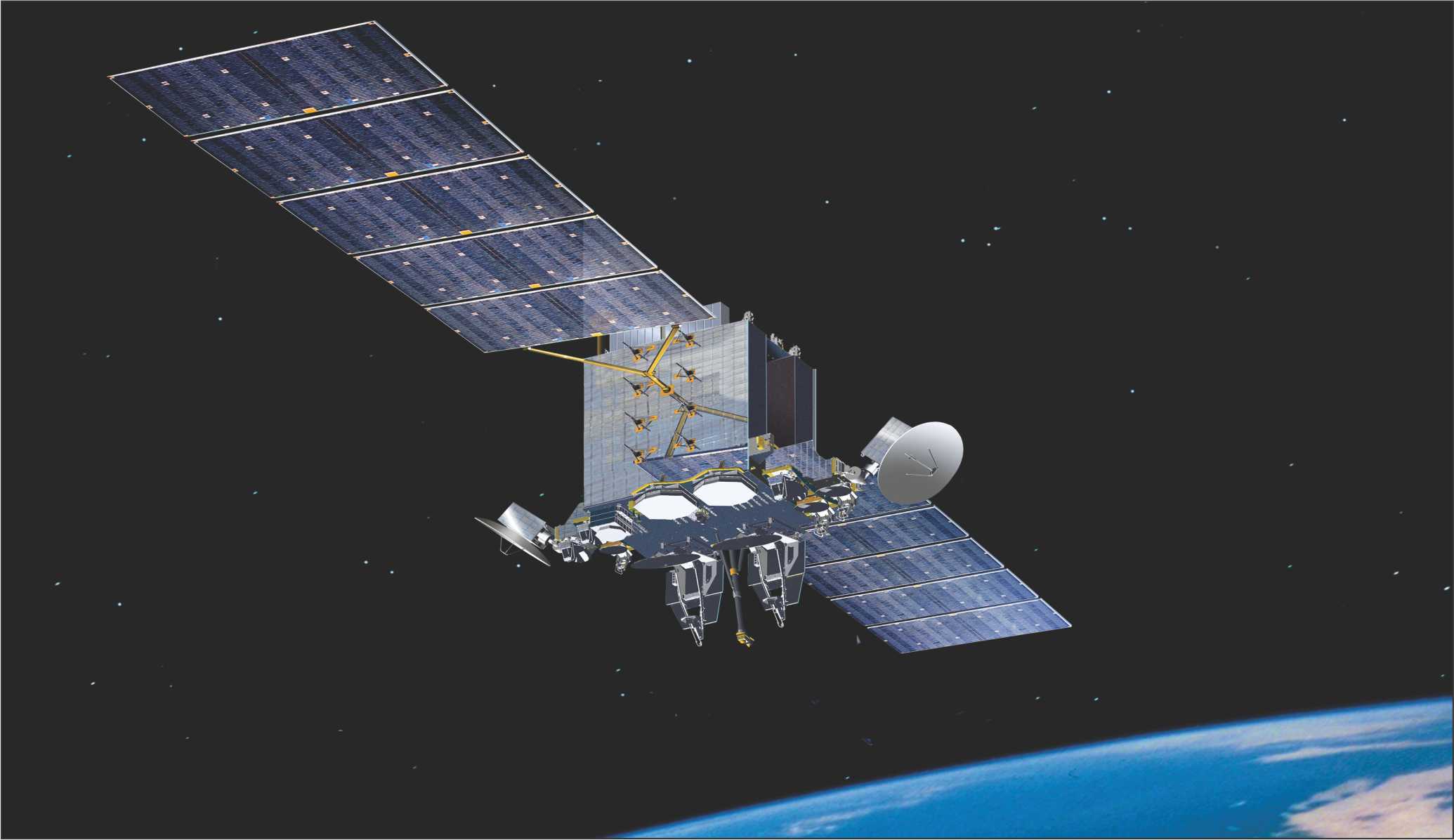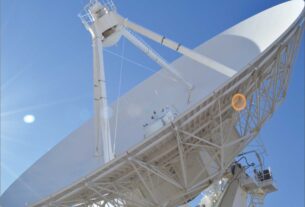With Indian Navy acquiring a dedicated satellite for its exclusive use in late August last year and successfully demonstrating the final integration of the Rukmini communication satellite with its warships during the TROPEX, as declared by the new Naval Chief of Staff Admiral R K Dhowan in mid May, the Indian armed forces have entered a new era of satellite communication. According to Admiral Dhowan the Rukmini will act as a force multiplier to the Network Centric Operations.
With this achievement, the strategic circle in the world has started focusing on India’s military space program. The naval satellite called G-SAT-7 will be followed by G-SAT-7A for the exclusive use of Indian Air Force, which is likely to be launched by the end of this year. The third satellite is also in the offing for Indian Army, though there are no indications of its immediate launch.
However, the belated entry of Indian armed forces in space arena, has reposed confidence among the armed forces that they will not lag behind far compared to the principal rival China, which operates almost 100 satellites out of which one fourth are supposed to be devoted for exclusive military use, whereas the Indian Space Organisation operates only 25 satellites and out of this only one is for exclusive use of Indian Navy, though three other satellites are considered dual use.
Utilizing space
The increasing utilization of space for enhancing military capabilities on the ground has created demand for more and more dedicated military satellites for intelligence, communication and surveillance purposes.
Since the surveillance satellites can minutely observe the activities on earth, the armed forces are using the satellites to keep a track on the military movements on the ground of the rival forces. Even the launch of a ballistic missile can be tracked by the satellites which can warn the forces to launch a counter strike to defend the territory.
Thus in the age of ballistic missiles the surveillance satellites have developed special meaning for enhancement of national security. For developing a comprehensive national power the countries are acquiring latest strengths in nuclear, space and information domain in which space has acquired significance because it can host military assets like satellites for gathering intelligence, surveillance, reconnaissance and communications.
The satellites assist the forces in obtaining battlefield transparency of the rival forces. The battlefields are increasingly getting digitized in which the side dominating the space domain will be victorious. Thus for developing comprehensive space power the deployment of assets in space has now become a critical factor.
Hence the evolution of military satellite communication has assumed priority for Indian armed forces. India has till now placed satellites in polar orbit like the Cartosat which has some transponders for military applications. The Technology Experiment Satellite launched in 2001 was the first ever satellite for military purposes, though officially described for civilian purposes, with a one meter resolution which can distinguish between two objects separated by a meter. A few other remote sensing satellites were launched for partial military applications.
Significantly the Indian Space Department is also working on Indian National Remote Sensing Satellite, which will largely replace the need of GPS and the Russian Glonass. The GPS signals are available only for civilian purposes, hence Indian military was not allowed to access its military signals. The Russian Glonass has offered the military signals to Indian armed forces but dependence on Glonass will have to be reduced for total self dependence.
The INRSS will have a constellation of seven satellites out of which the first has been launche . This will provide a 2000 kms radius communication footprint for Indian forces.
Space command
Though modern militaries have set up exclusive space command for controlling and guiding military satellites, India has not yet been able to establish one, though a space cell was set up in the Indian Air Force almost five years ago, for this purpose.
According to defence sources, the Space Command can only be set up when there are enough assets in space for managing its affairs. However, Space Command is said to be the need of the hour and Bhartiya Janata Party led NDA government at the center may push this issue for its actual execution and networking of all space assets with the armed forces through the space command. However, getting into space means a lot of money and accordingly budgetary provisions have to be increased along with extra provision for annual upkeep of the Command.
In fact the Directorate of Satellite Applications under the Directorate General of Signals was set up in late eighties which was assigned the task of interacting with ISRO and DRDO and assisted by the Directorate General of Military Applications.
Indian armed forces have been using systems like the INMARSAT and Iridium for unclassified communications. For keeping a watch on Jammu and Kashmir area wide band secure mesh satellite network called Dhruva was set up in 2004, which connected the Corps Headquarters, command headquarters and the Army Headquarters. This was later connected to the VSAT network of the Northern Command, which had high density pipeline and mesh connectivity by using the transponder of the satellite. This was then integrated with the Eastern Theater Satellite Network.
A year later in 2005 Project Mercury Flash was launched, which provided a broad band satellite network for the Eastern Theater. This was further connected with the satellite network of the Northern Theater, linking all operational areas of the North East and with Army formations.
The system under the Project was later integrated with the terrestrial network of the Eastern Theater and has a very complex and reactive Network Management System. Another Project Rohini, which is a static Large Very Small Aperture Terminal (LVSAT) network based on a domestically launched satellite is providing demand assigned multiple access (DAMA) connectivity for the voice, data, and video. It was launched in 2006 and is being centrally managed and controlled by a powerful Network Management System which assists in controlling other remote stations.
The Indian naval ships have been using the INMARSAT communications equipment for communications but there were concerns relating to foreign ownership and slow data transfer. These were restricted to specific narrow band applications, like communications for anti-piracy patrols in the Gulf of Aden. Now with indigenous G-SAT-7-A Indian Navy will have a secure communication network connected to all warships and command headquarters.
Though the IAF would be acquiring its own satellite later this year, it has been mainly dependent on the Air Defence Ground Environment System (ADGES) which is based on troposcatter communications, which has now been mostly replaced with high powered optical fiber network, engineered under AFNET project.
With the induction of AWACS and other surveillance aircrafts, the IAF feels the need for their connectivity with the dedicated satellites to increase its efficiency and reach. This has put into focus the need for an integrated Defence Communication Network based on dedicated defence satellites.





